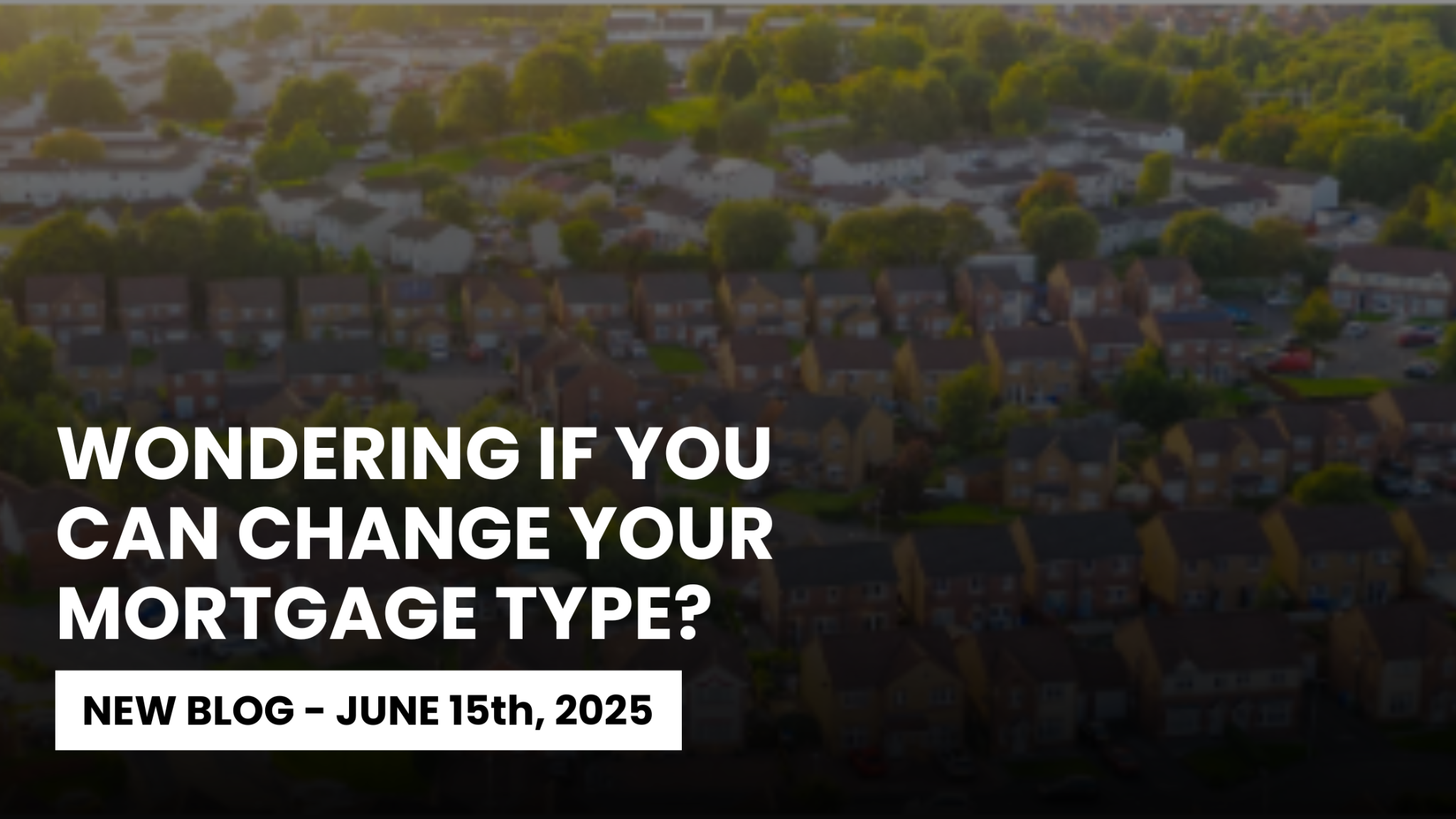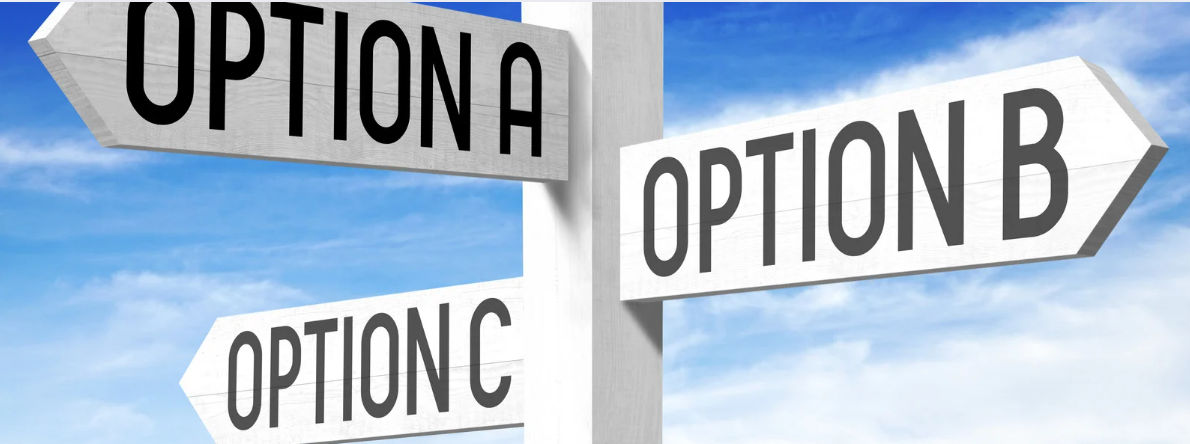Many homeowners choose either a fixed or variable rate when they first get their mortgage—but what if your needs or the market change partway through? Can you switch from a fixed rate to a variable one? Or go from a variable to fixed? <br>The short answer is yes, in many cases, but there are important factors to consider. Let’s break it down.

Here’s a quickrefresher:
One of the biggest differences betweenthese mortgage types shows up when you want to break your mortgage early—whichis exactly what happens if you want to switch types before your term is up.

If you want to switchmortgage types mid-term, you'll need to break your current mortgage—and that cancome with penalties.
This difference is one reason somehomeowners prefer variable rates—not just for the lower starting interest, butfor the lower cost to exit if they need flexibility.
It’s not very common forpeople to go from fixed to variable mid-term, mostly because of the potentialpenalties. That said, it can make sense in some scenarios:
Keep in mind that youwon’t get the variable rate you were originally offered. You'll be subject tocurrent rates in the market. Also, if you're staying with your current lender,they may offer a reduced penalty to keep your business—but that isn’t always thecase.

This option is much morecommon—and usually easier to execute.
Most variable-ratemortgages in Canada allow you to lock into a fixed rate at any time during yourterm. Here’s what to know:
A lot of homeownersbelieve that if they originally had the option to go fixed or variable, theycan still access that original fixed rate when locking in. That’s not true.You’ll be offered the lender’s current fixed rates at the time you decide tolock in, which may be higher or lower than before.
For example, if you tooka five-year variable rate mortgage two years ago, and now want to switch to afixed rate, you’ll need to lock into a three-year term or longer—at currentfixed rates.

Locking in makes themost sense when rates are rising. Many homeowners chose to convert from variableto fixed in 2022 and 2023 as rates increased sharply. On the other hand, intoday’s market environment, we’re seeing a different trend.
Right now, the Bank ofCanada is expected to continue lowering rates. Because of that, locking in at afixed rate today may not be the best strategy for everyone. Many homeowners arechoosing to wait for another rate cut—or two—before making any changes.
It’s also important tounderstand that fixed and variable mortgage rates are influenced by differenteconomic factors:
Just because the Bank ofCanada lowers its overnight rate (affecting variable rates), doesn’t mean fixedrates will drop. Fixed rates depend more on bond market activity, which is tiedto broader economic trends—including inflation, housing demand, and even U.S.political developments.
This can lead toconfusion when fixed rates stay high while variable rates fall—or vice versa.That’s why you’re often offered both options when you get a mortgage, and whybrokers may recommend shorter fixed terms (like 2 or 3 years) during volatilemarkets, so you can reassess your options sooner.

If you’re nearing theend of your mortgage term, this is the easiest time to switch from fixed tovariable—or vice versa—without penalty. At renewal, you can renegotiate yourterms, switch lenders, or explore better options that fit today’s marketconditions and your financial goals.
If you’re thinking aboutswitching your mortgage type, refinancing, or approaching renewal, let’s talkthrough your options. Every situation is unique—and your mortgage should matchyour plans, not the other way around.
Call 647-980-5399
Email: alex@ontariomortgageexpert.ca
Let’s find the optionthat makes the most sense for you.